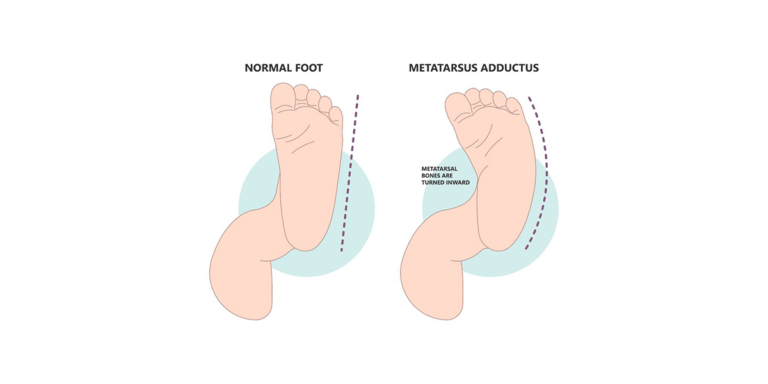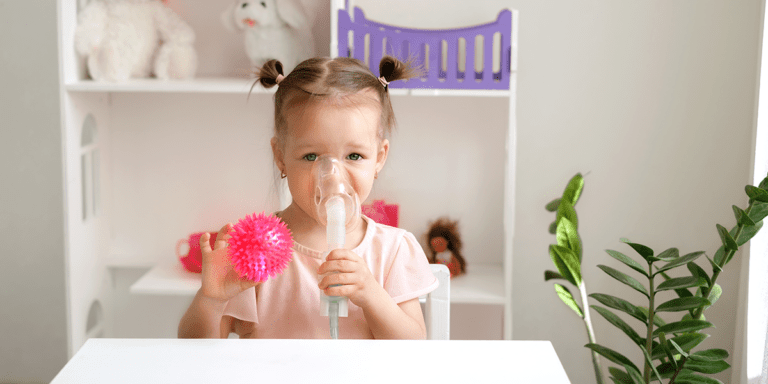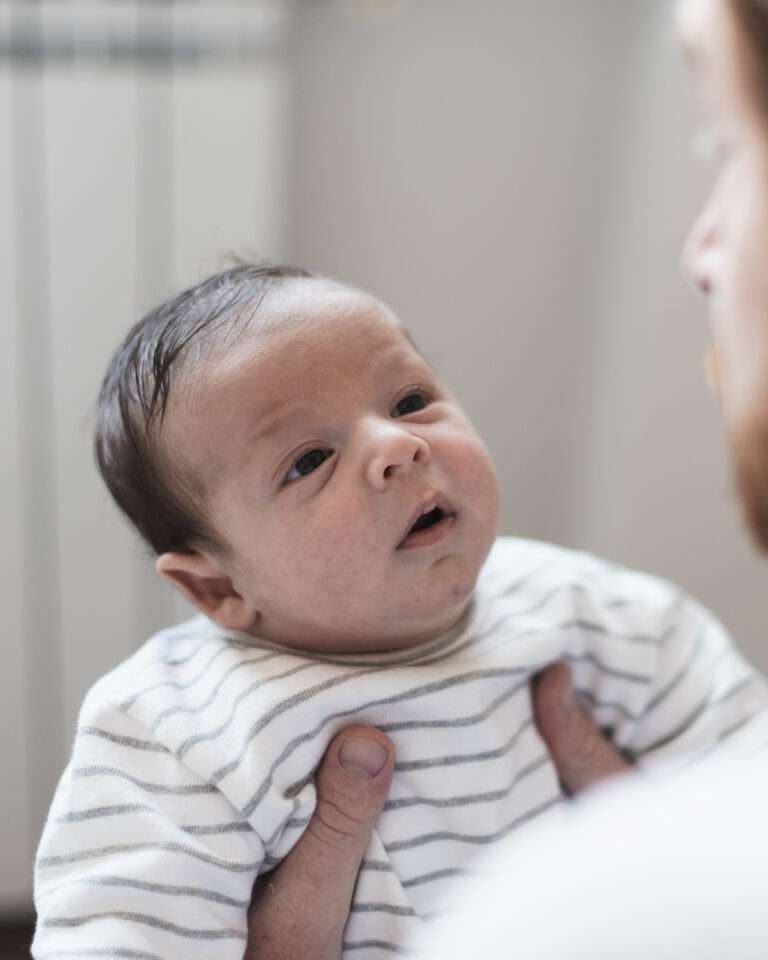Children’s Leg Braces: Support, Comfort, and Confidence
- Dr Owais Rafiq
- November 8, 2024
- 2:40 pm
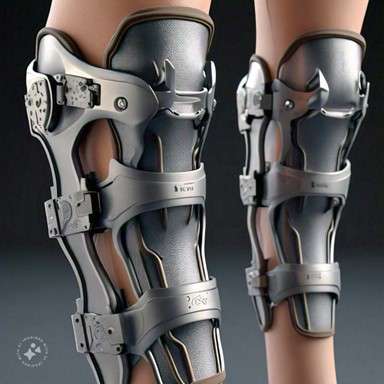
Children’s Leg Braces: Support, Comfort, and Confidence
Leg braces for children are a great support that can help to give a child confidence in his movements through comfort and support as he or she rebuilds her or his balance. It is very helpful when restoring an injured limb, when managing a condition, or when improving mobility.
This article will share and talk about different kinds of braces for kids, what they are meant for, and how to choose the appropriate one.

Understanding Children’s Leg Braces
Leg orthoses, also known as braces, are support appliances for legs to promote appropriate positioning and prevention or correction of conditions in children affecting their mobility. Since no child is alike, every brace is fashioned according to each child’s specific requirements, ensuring the right degree of support with no sacrifice of comfort.
Leg braces can correct structures, increase stability, and speed up recovery after surgery or traumatic injuries. There are also various leg braces with different designs and compositions each that are suitable for particular kinds of support.
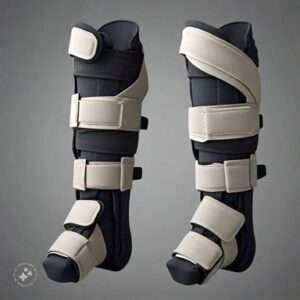
Types of Children’s Leg Braces
This would then depend on the child’s condition, their level of mobility, and comfort as well. Among the several used for children, it is worth mentioning that leg braces include:
-
Ankle-Foot Orthosis (AFO)
An AFO is a lower limb orthosis used for children with cerebral palsy, spina bifida, or muscular dystrophy to maintain proper stance. It is advised to stabilize the ankle for proper alignment and prevent varied issues that may strike a human during locomotion, such as the drop foot.

-
KAFO (Knee-Ankle-Foot Orthosis)
KAFOs support the knee, ankle, and foot. It is very common among pediatric prescriptions as it enhances the stability of the immature limbs of children with weak or paralyzed legs. KAFOs are beneficial for children who require assistance with both standing and walking.
-
HKAFO (Hip-Knee-Ankle-Foot Orthosis)
This brace extends to the hip, offering comprehensive support from the hip down to the foot. HKAFOs are commonly used for children with severe muscle weakness or neuromuscular disorders, providing maximum stability to enable standing or limited walking.
-
Knee Braces
Knee braces provide support in stabilizing the joint of the knee. They are ideal for children who have sustained an injury or surgery on the knees. They can be applied to manage arthritis, among other conditions, that cause pain in the knees. Knee orthotics fall into three categories: soft, semi-rigid, and rigid – the soft categories provide mild support, while the rigid ones provide higher intensity stabilization.
-
Leg Immobilizers
Leg immobilizers are orthopedic braces which limit movement of the leg. They are usually worn after surgery or grave injury. An immobilizer protects the leg from any further movements during healing and reduces pain.
-
Night Splints
They maintain proper anatomical position of the foot and leg at night while sleeping. They are used in patients with tight calf muscles and foot drops in children to provide a gentle stretch to the calf muscles and move better in time.
Benefits of Leg Braces for Children
Leg braces offer numerous benefits that extend beyond physical support. Here are some key advantages:
- Improved Mobility: The leg braces make it easy for mobility-impaired children to walk and stand, even move. By supporting them, the children can eventually accomplish daily activities independently.
- Pain Relief: To a child recovering from an injury or surgery, leg braces offer necessary support to alleviate pain. Because of the stability provided, injury-stressed areas do not experience unnecessary pressure which can speed recovery and alleviate discomfort.
- Increased Self-Esteem: Since children who wear leg braces feel more confident and are less dependent on others for their activities, they gain stability and control over their movement, thus allowing them to socialize, be active, and act almost normally.
- Injury Prevention: Leg braces protect vulnerable areas from further injury, making them an effective preventative measure for children with physical limitations. By stabilizing the legs, braces reduce the risk of falls or additional injuries.
- Corrective Support: Certain braces help correct alignment issues, such as foot drop or knee instability, gradually improving the child’s posture and gait. This corrective support promotes healthy musculoskeletal development.
Choosing the Right Leg Brace for Your Child
Selection of the right leg brace for your child depends upon the individual needs, comfort, and lifestyle. These are the considerations:
- Medical Examination: A medical physician, preferably an orthopedic specialist should be left to assess the child’s condition in determining what brace a child requires. As such, the chosen brace would support the child sufficiently and align with any of the child’s mobility goals.
- Comfort and Fit: The most important aspect for any child is comfort because children are only bound to be consistent with wearing their braces if they fit well and are comfortable. Therefore, ensure that it feels really light and breathable in addition to being custom fitted to prevent discomfort.
- Ease of use: Choose one that is easily put on and taken off, depending on how frequently your child is required to wear this brace. Velcro strap or buckle in some brace designs makes it pretty simple to adjust, both for the child and the caregiver.
- Activity Level: Choose a brace based on what your child is actively engaged in daily. The active child would require sturdier braces where freedom of movement has been accommodated, and the more unstable requires additional support features.
- Appearance: Some children are afraid of wearing a brace because they find the appearance embarrassing. Therefore, the appliance should have a less noticeable appearance design to increase their confidence. Several braces are designed with various colors and styles, so the children can have their preferred color.
Tips for Caring for Your Child’s Leg Brace
Maintaining the leg brace is essential for hygiene, comfort, and longevity. Here are some care tips:
- Clean Regularly: Wipe down the brace regularly with a mild soap and damp cloth to remove dirt and prevent odour buildup. No chemicals for cleaning as these would tear the materials apart.
- Check for signs of wear and tear: Normal check-ups can identify the rips on the straps or the weakening of the supporting parts. The replacement parts may ensure that the supportive structure is still able to bear its load.
- Follow the Professional Guidelines: Adhere to the care and usage instructions of the healthcare professional or manufacturer. Proper use and maintenance can extend the bracing life and effectiveness.
- Encourage Regular Use: Let your child maintain a regular schedule for wearing the brace. It shall be most effective and maximize benefits to the child, promoting their improvement.
FAQs
-
Are leg braces painful to the child?
Modern leg braces are also very comfortable, made from lighter, breathability materials, and, therefore, discomfort is minimal. While the young may take some time to adapt to the bracing, most children quickly report they are assisted rather than restrained.
-
How long do the children wear these leg braces?
The duration depends on the condition of the child and their treatment goals. Some children need the braces only during recovery, while others require long-term use to sustain their orthodontic correction.
-
Can children play sports with leg braces?
Yes, many leg braces can be worn activity-permitting. Though, before letting your little athlete join with a sport and a brace, be sure to take it under discussion with their doctor.
Dr Owais Rafiq
Subscribe to Dr Owais YouTube channel
For parenting advice, child health, symptoms, causes and treatment of illness in children.

